
How to Use Current Sensor 5A: Examples, Pinouts, and Specs
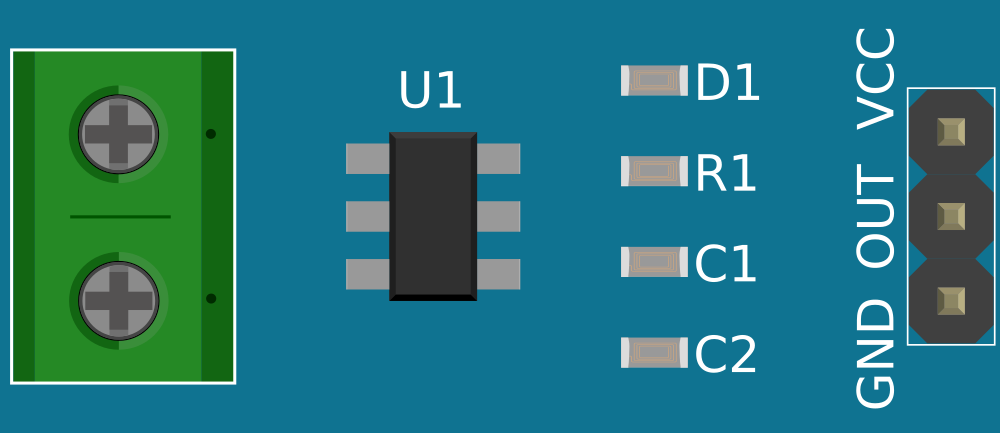
 Design with Current Sensor 5A in Cirkit Designer
Design with Current Sensor 5A in Cirkit DesignerIntroduction
The Current Sensor 5A is a device designed to measure the flow of electric current in a circuit, with a maximum capacity of 5 amperes. It provides real-time feedback, making it an essential component for monitoring and controlling electrical systems. This sensor is widely used in applications such as power management, motor control, battery monitoring, and energy metering. Its compact design and ease of integration make it suitable for both hobbyist projects and industrial applications.
Explore Projects Built with Current Sensor 5A
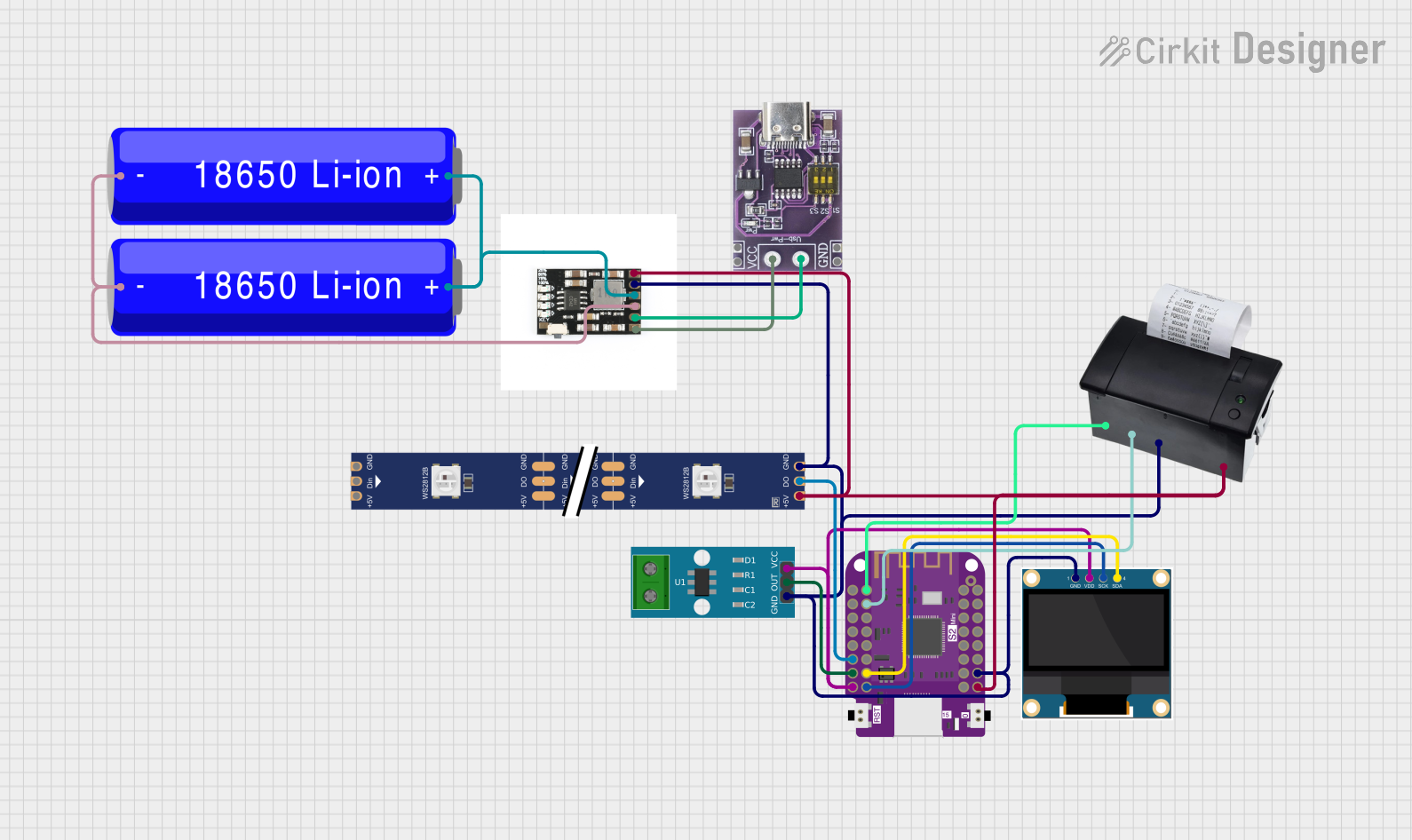
 Open Project in Cirkit Designer
Open Project in Cirkit Designer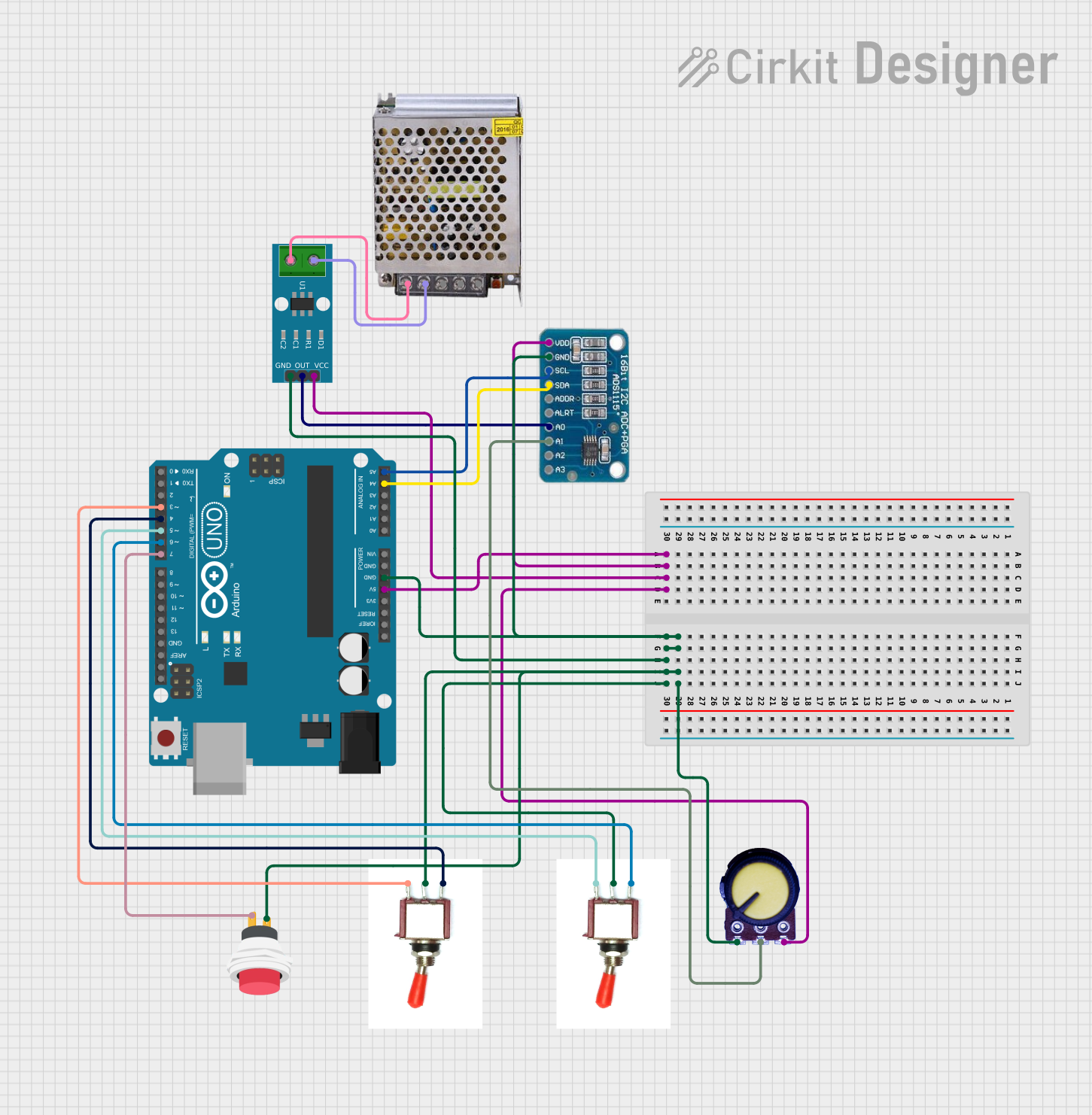
 Open Project in Cirkit Designer
Open Project in Cirkit Designer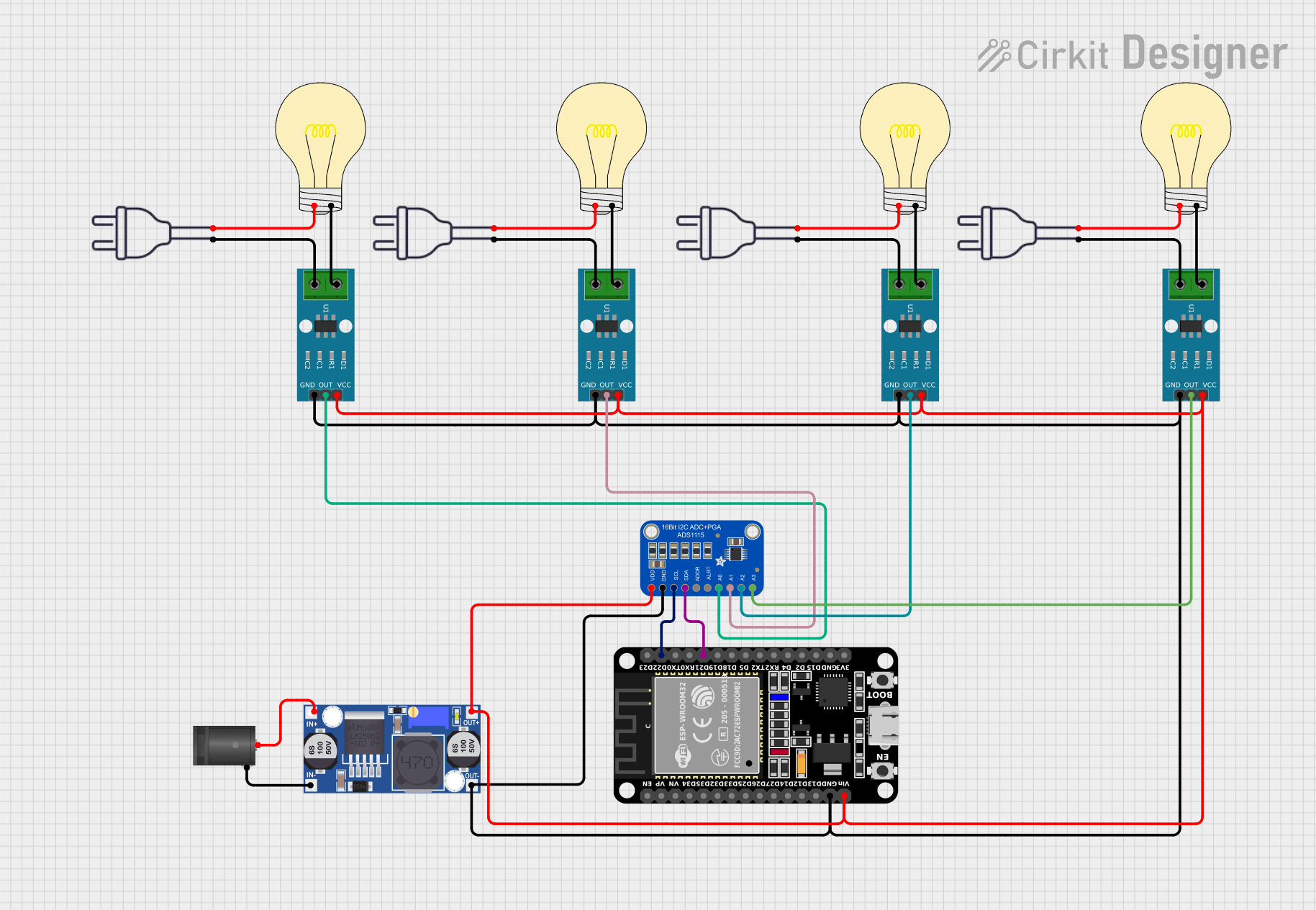
 Open Project in Cirkit Designer
Open Project in Cirkit Designer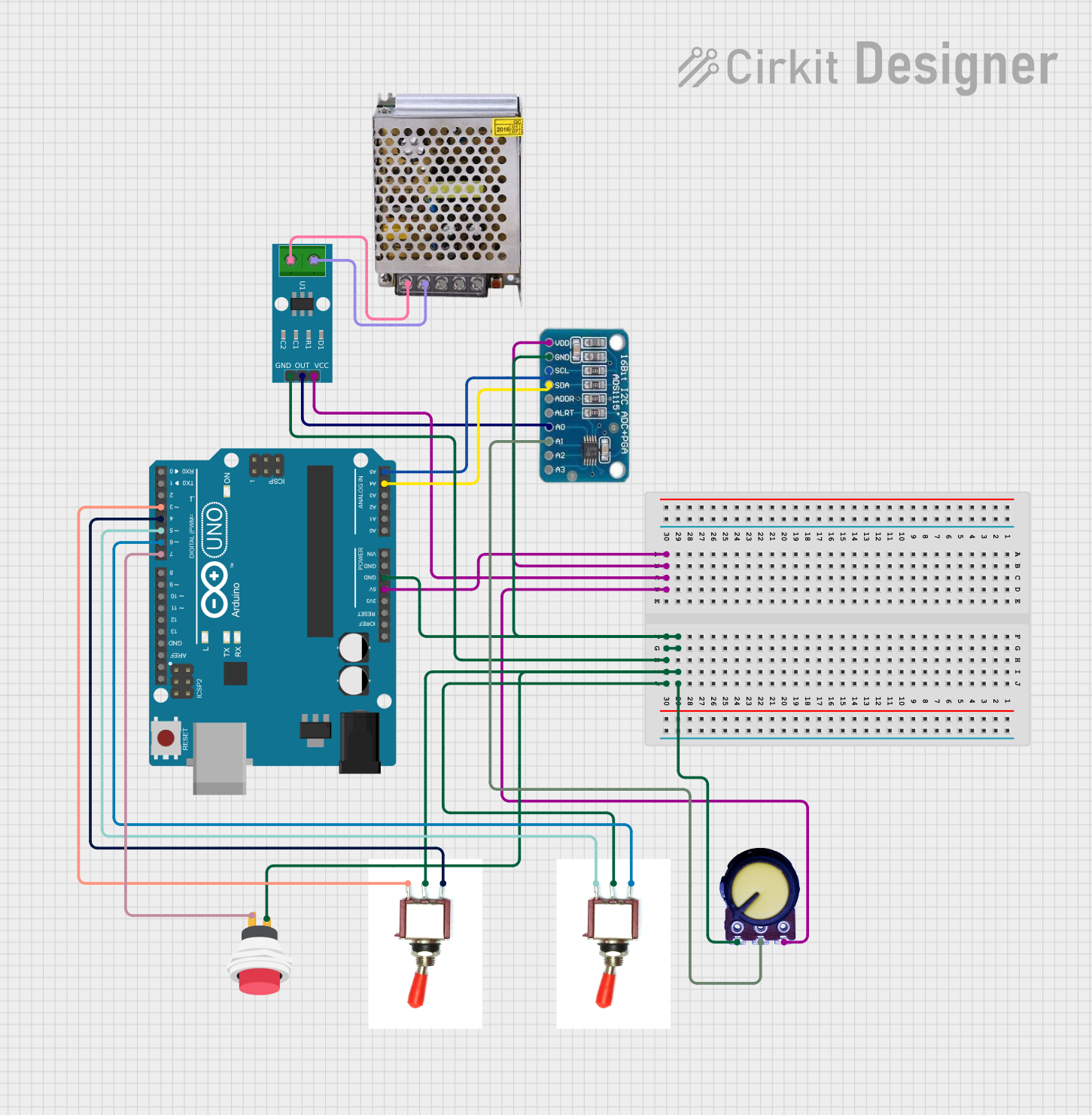
 Open Project in Cirkit Designer
Open Project in Cirkit DesignerExplore Projects Built with Current Sensor 5A

 Open Project in Cirkit Designer
Open Project in Cirkit Designer
 Open Project in Cirkit Designer
Open Project in Cirkit Designer
 Open Project in Cirkit Designer
Open Project in Cirkit Designer
 Open Project in Cirkit Designer
Open Project in Cirkit DesignerTechnical Specifications
- Maximum Current Measurement: ±5A
- Operating Voltage: 3.3V to 5V
- Output Signal: Analog voltage proportional to the current
- Accuracy: ±1% (typical)
- Response Time: <5 µs
- Operating Temperature Range: -40°C to +85°C
- Dimensions: 25mm x 20mm x 15mm (varies by model)
Pin Configuration and Descriptions
| Pin | Name | Description |
|---|---|---|
| 1 | VCC | Power supply input (3.3V to 5V). Connect to the positive terminal of the power source. |
| 2 | GND | Ground connection. Connect to the ground of the circuit. |
| 3 | OUT | Analog output signal. Provides a voltage proportional to the measured current. |
Usage Instructions
How to Use the Current Sensor 5A in a Circuit
- Power the Sensor: Connect the VCC pin to a 3.3V or 5V power source and the GND pin to the ground of your circuit.
- Connect the Load: Pass the wire carrying the current to be measured through the sensor's sensing loop or terminals (depending on the sensor type).
- Read the Output: The OUT pin provides an analog voltage proportional to the current flowing through the sensor. This output can be read using an analog-to-digital converter (ADC) on a microcontroller, such as an Arduino.
Important Considerations and Best Practices
- Ensure the current flowing through the sensor does not exceed the ±5A limit to avoid damage or inaccurate readings.
- Use proper insulation and wiring to prevent short circuits or electrical hazards.
- Place the sensor away from strong magnetic fields, as they may interfere with its accuracy.
- Calibrate the sensor if precise measurements are required, especially in critical applications.
Example: Connecting the Current Sensor 5A to an Arduino UNO
Below is an example of how to use the Current Sensor 5A with an Arduino UNO to measure current and display the readings in the Serial Monitor.
// Example code for using the Current Sensor 5A with Arduino UNO
// This code reads the analog output of the sensor and calculates the current
const int sensorPin = A0; // Connect the OUT pin of the sensor to Arduino A0
const float sensitivity = 0.185; // Sensitivity in V/A (varies by sensor model)
const float offsetVoltage = 2.5; // Offset voltage at 0A (for a 5V-powered sensor)
void setup() {
Serial.begin(9600); // Initialize Serial Monitor at 9600 baud rate
pinMode(sensorPin, INPUT); // Set the sensor pin as input
}
void loop() {
int sensorValue = analogRead(sensorPin); // Read the analog value from the sensor
float voltage = sensorValue * (5.0 / 1023.0); // Convert ADC value to voltage
float current = (voltage - offsetVoltage) / sensitivity; // Calculate current in Amperes
Serial.print("Current: ");
Serial.print(current, 2); // Print current with 2 decimal places
Serial.println(" A"); // Append unit (Amperes)
delay(500); // Wait for 500ms before the next reading
}
Notes:
- Adjust the
sensitivityandoffsetVoltagevalues based on the specific sensor model you are using. - Ensure the Arduino is powered properly and shares a common ground with the sensor.
Troubleshooting and FAQs
Common Issues
No Output or Incorrect Readings:
- Check the wiring connections, ensuring VCC, GND, and OUT are properly connected.
- Verify that the current flowing through the sensor is within the ±5A range.
Fluctuating or Noisy Readings:
- Use decoupling capacitors (e.g., 0.1µF) between VCC and GND to stabilize the power supply.
- Ensure the sensor is not placed near sources of electromagnetic interference.
Output Voltage Does Not Match Expected Values:
- Confirm the sensor's sensitivity and offset voltage values match the datasheet specifications.
- Calibrate the sensor by measuring a known current and adjusting calculations accordingly.
FAQs
Q: Can this sensor measure both AC and DC currents?
A: Yes, the Current Sensor 5A can measure both AC and DC currents, but ensure the output signal is interpreted correctly for AC measurements.
Q: How do I calibrate the sensor?
A: Pass a known current through the sensor, measure the output voltage, and adjust the sensitivity and offset values in your calculations to match the actual current.
Q: What happens if the current exceeds 5A?
A: Exceeding the 5A limit may damage the sensor or result in inaccurate readings. Use a higher-rated sensor for larger currents.
Q: Can I use this sensor with a 3.3V microcontroller?
A: Yes, the sensor operates at 3.3V, but ensure the output voltage range is compatible with the ADC of your microcontroller.